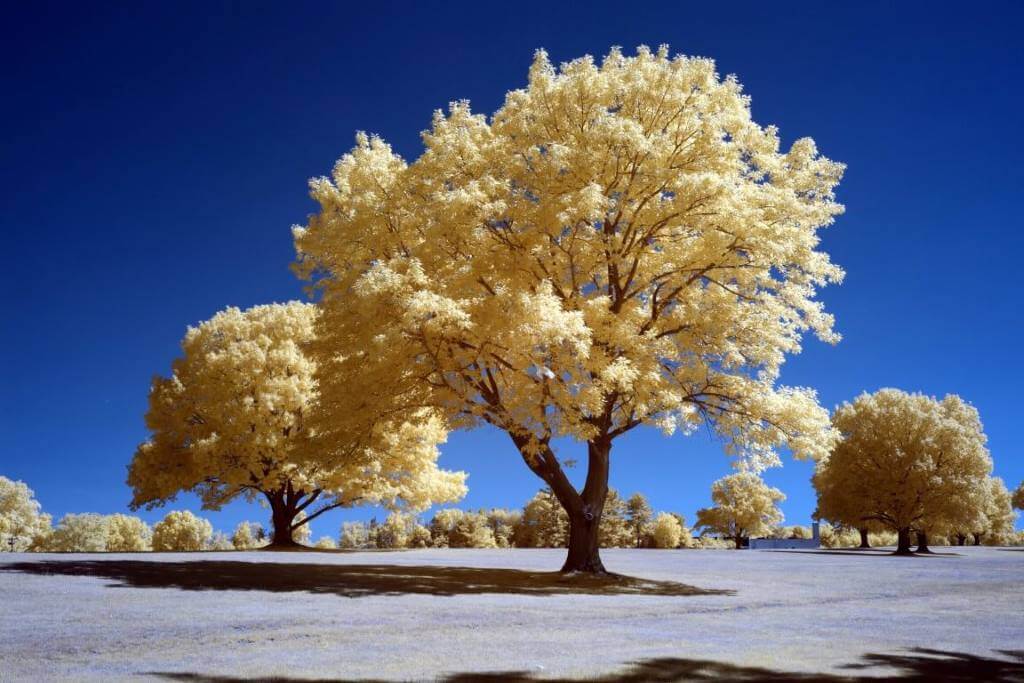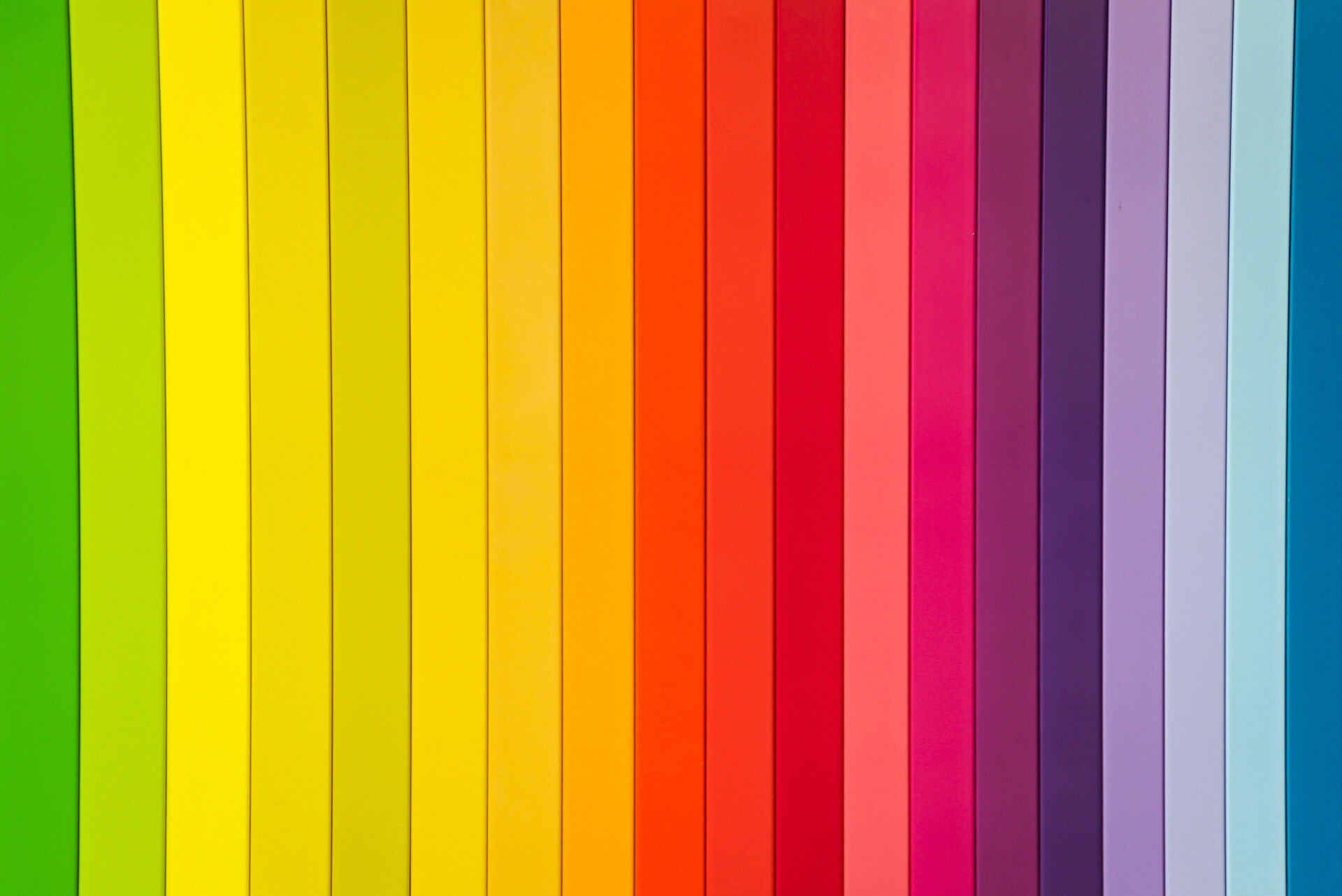Photography is a wonderful medium that allows us to capture and document the world around us. From early on, there has been an interest in capturing images that are beyond what the human eye can see. Infrared (IR) photography is one such technique that has captivated photographers for decades. It involves capturing images using infrared light, which lies beyond the visible light spectrum. In this article, we’ll explore the aesthetics and applications of infrared photography.
The Unique Aesthetic of Infrared Photography
Infrared light produces a distinct visual style that is unlike anything else. The colors are shifted, and the images have a dreamlike quality that can be haunting or beautiful. One of the most striking aspects of IR photography is how it renders foliage. Infrared light is absorbed differently by different types of vegetation, resulting in a surreal and otherworldly appearance. The effect is particularly striking in images of trees, which can take on a ghostly, ethereal quality depending on the wavelength captured.
There are many different IR filters available that offer varying combinations of visible and infrared light to produce different colors. Those lower on the spectrum (550-665nm) are often referred to as false color infrared as they shift the colors beyond our everyday reality. Depending on the filter, false color IR filters often create spectacular images that produce unusual pink, yellow, or orange foliage. Deeper into the spectrum (720-1000nm), little to no visible light is available to create vibrant false colors. These filters generally produce black and white images with varying degrees of contrast.
The Applications of Infrared Photography
Infrared photography has a wide range of applications. It is commonly used in scientific research, such as in the fields of astronomy and environmental science. In astronomy, infrared light can penetrate dust and gas clouds, allowing astronomers to study objects that are otherwise invisible. In environmental science, infrared imaging can be used to detect changes in land use, vegetation, and water quality. IR photography is also used in many other fields, such as medical, forensics, game hunting, and more.
In the creative world, infrared photography is often used to create unique and captivating images that evoke emotion and feeling. They can be used to create surreal landscapes, capture the human form in a new and unique way, or document the world around us in a way that is both familiar and unfamiliar. It’s a great tool for breathing new life into your everyday scenes and seeing the world from a new perspective.
Conclusion
Infrared photography is a fascinating and challenging art form that offers unique opportunities for creative expression. Whether you’re interested in capturing the beauty of nature, exploring the technical aspects of photography, or documenting the world around us in a new and unique way, infrared photography is a rewarding and exciting pursuit. So why not try it out for yourself? With a bit of practice and patience, you can unlock the beauty of the infrared spectrum and create stunning images that capture the imagination.
















